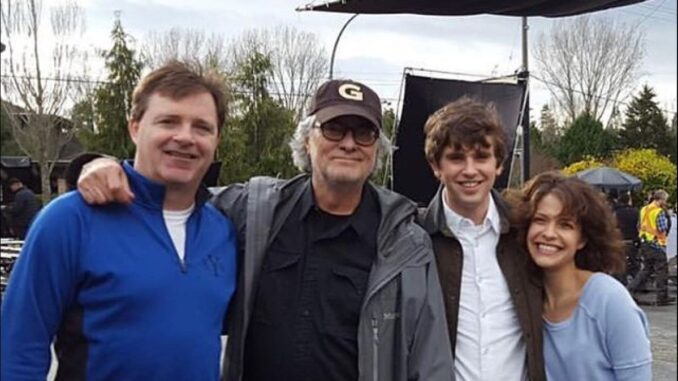
When storytelling meets surgery, accuracy is optional — but emotion is everything.
For seven seasons, The Good Doctor balanced on a knife’s edge between authenticity and artistry. It wasn’t just another hospital drama filled with high-stakes emergencies and last-minute rescues; it was a meditation on precision — both medical and emotional. The series invited us to step into the operating room not only to witness the saving of lives, but to examine what it means to live truthfully.
At first glance, the show’s medical cases seem ripped straight from a doctor’s textbook — heart transplants, complex neurosurgeries, rare genetic syndromes. But a closer look reveals something else: each case is as much about anatomy as it is about humanity. Every diagnosis becomes a moral puzzle; every incision, a metaphor. “It’s not just about fixing what’s broken,” Dr. Shaun Murphy says in Season 4. “It’s about understanding why it broke.” That line, perhaps more than any surgical montage, captures the essence of The Good Doctor.
Medicine as Metaphor
The show’s creative team took clear liberties with realism — condensing week-long procedures into a single act, or giving residents the authority of seasoned surgeons. Yet, those exaggerations serve a purpose: to translate the chaos of medicine into something emotionally coherent for viewers. In the hands of showrunner David Shore, the scalpel became a storytelling device.
Episodes like “Quarantine” and “Afterparty” are prime examples — adrenaline-fueled, scientifically loose, but emotionally razor-sharp. Viewers might notice that the defibrillator paddles are placed a little too quickly or that the diagnosis comes a little too cleanly. But they rarely mind. Because what The Good Doctor truly dissects is not the human body — it’s the human condition.
The Shaun Murphy Lens
What sets the series apart from Grey’s Anatomy or House M.D. is perspective. Every medical moment is filtered through Shaun Murphy’s unique cognitive framework. His visualizations — organs rendered in glowing 3D blueprints, arteries pulsing like circuit lines — are less science fiction than symbolism. They show us what logic feels like when fused with compassion, and what empathy looks like when processed through pattern recognition. That creative lens also allows the series to humanize science without romanticizing it. Shaun’s success isn’t the triumph of genius over rules — it’s the triumph of understanding over assumption.
Fact, Fiction, and Faithfulness
Doctors have weighed in with both criticism and admiration. On Reddit and medical forums, some note that The Good Doctor compresses surgeries and blurs departmental lines — neurosurgeons acting as trauma specialists, interns handling complex transplants. Yet many professionals also applaud its depiction of teamwork and communication under pressure. One physician commented: “It’s idealized, yes. But it captures the emotional exhaustion — the sense that every decision carries moral weight. That’s real.”
In that sense, The Good Doctor may be the most honest dishonest medical show on TV. It bends clinical truth to reveal emotional truth. It trades technical jargon for accessibility, and strict realism for storytelling resonance — much like medicine itself, which is equal parts science and art.
Where Realism Ends and Meaning Begins
The power of The Good Doctor lies not in whether its surgeries could happen exactly as shown, but in what they symbolize. Every patient mirrors Shaun’s internal struggle: the fear of failure, the cost of empathy, the hope that precision can mend what emotion cannot. In its most compelling moments, the show isn’t about saving lives — it’s about the fragility of the people who try. As the curtain falls on the operating room of St. Bonaventure Hospital, we remember less the medical details than the moral ones: the choice to care, even when misunderstood. Because sometimes, the truest medicine isn’t the kind that heals the body — it’s the kind that teaches us how to see each other more clearly.
